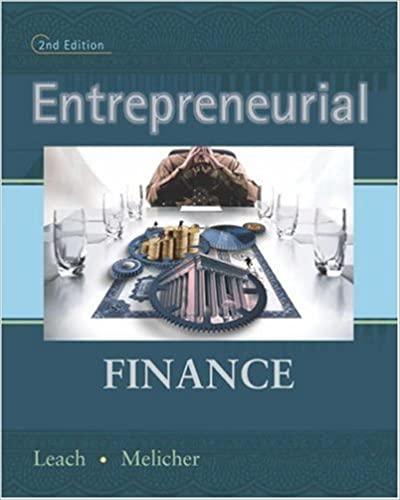Question
1. Assume that you manage a risky portfolio with an expected rate of return of 17% and a standard deviation of 27%. The T-bill rate
1. Assume that you manage a risky portfolio with an expected rate of return of 17% and a standard deviation of 27%. The T-bill rate is 7%. Your client chooses to invest 70% of a portfolio in your fund and 30% in a T-bill money market fund. What is the expected return and standard deviation of your client's portfolio?
2.You manage an equity fund with an expected risk premium of 10% and a standard deviation of 14%. The rate on Treasury bills is 6%. Your friend manages a bond fund with an expected return of 11% and a standard deviation of 11%. An investor puts $60,000 in your stock fund and $40,000 into your friends bond fund. What is the expected return and standard deviation of the investors portfolio? The correlation coefficient between the two funds is 0.65.
3.Assume that you manage a mutual fund with an expected rate of return of 18% and a standard deviation of 34%. The T-bill rate is 5.5%. An investor wants to invest in your fund and T-bills such that the standard deviation of the investors total portfolio is 30%. How much is invested in your mutual fund and what is the expected return?
Step by Step Solution
There are 3 Steps involved in it
Step: 1

Get Instant Access to Expert-Tailored Solutions
See step-by-step solutions with expert insights and AI powered tools for academic success
Step: 2

Step: 3

Ace Your Homework with AI
Get the answers you need in no time with our AI-driven, step-by-step assistance
Get Started


